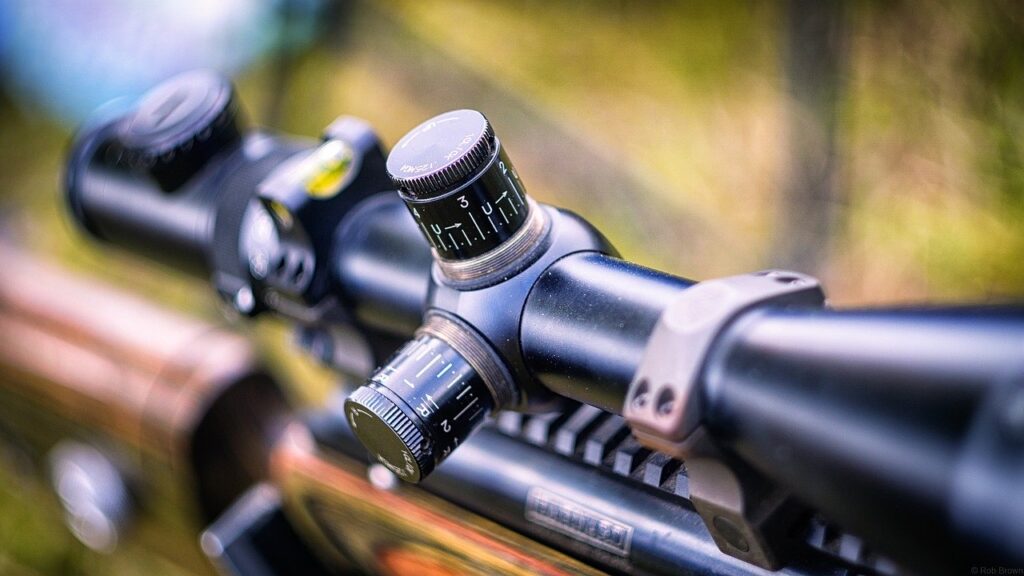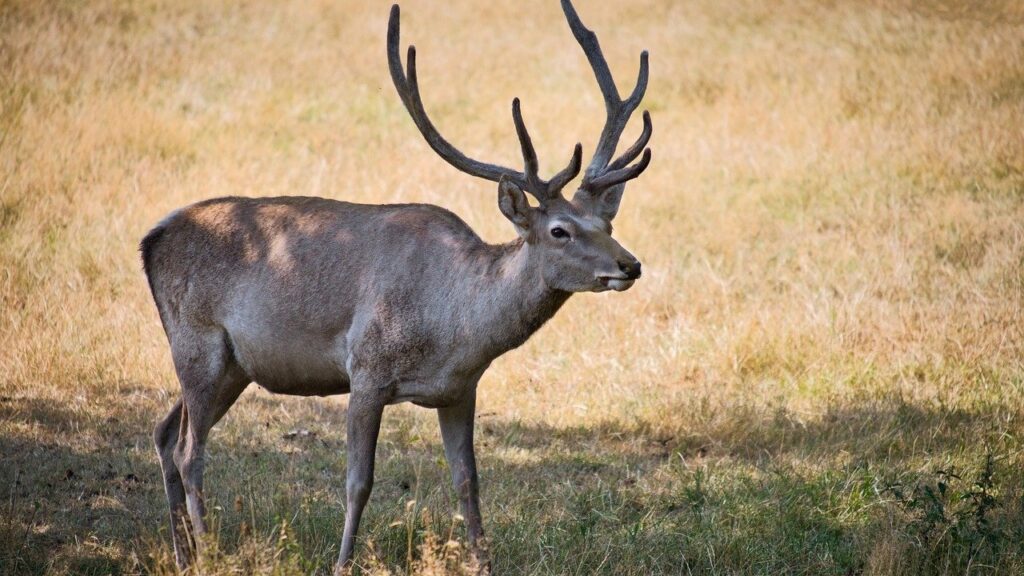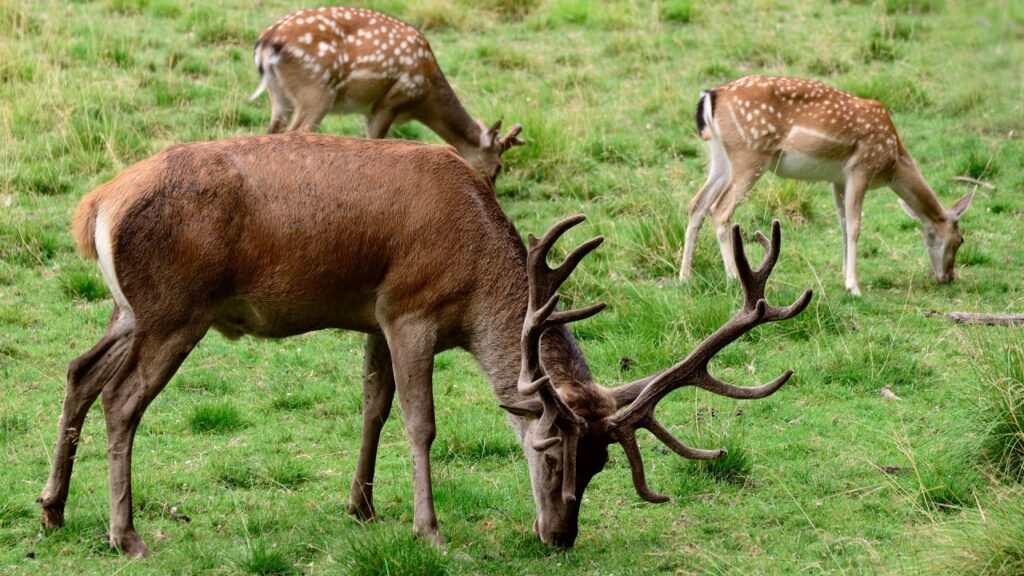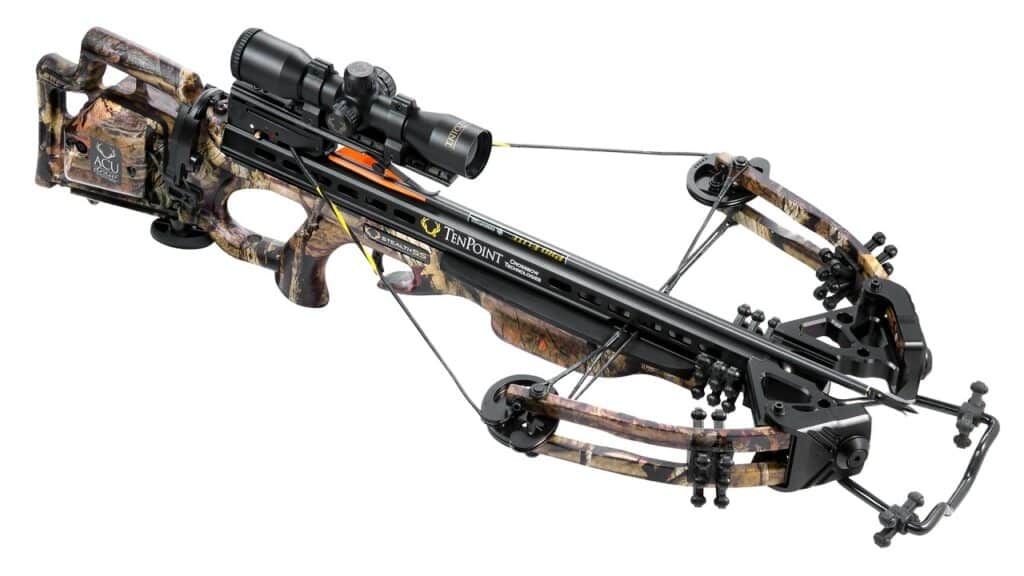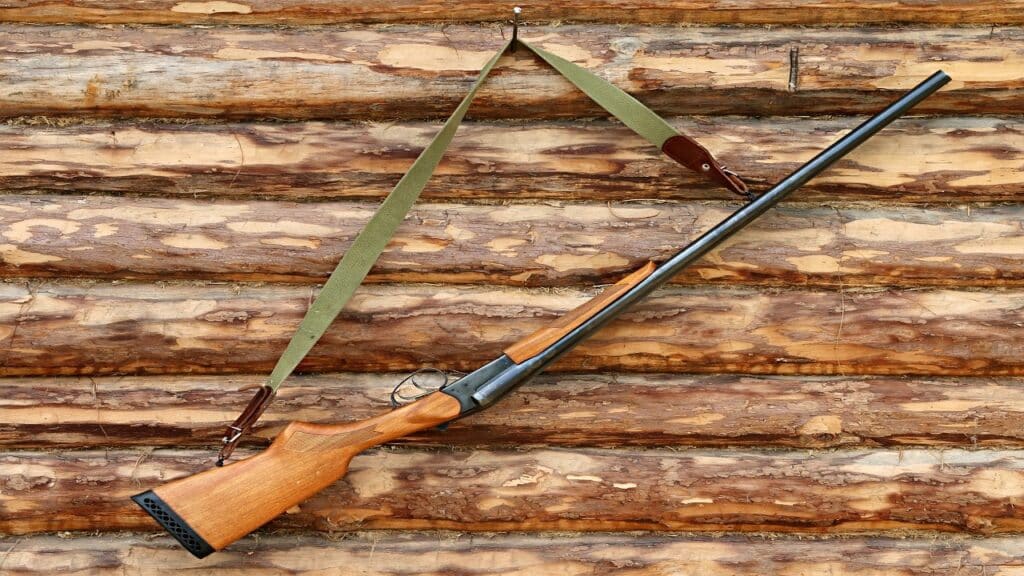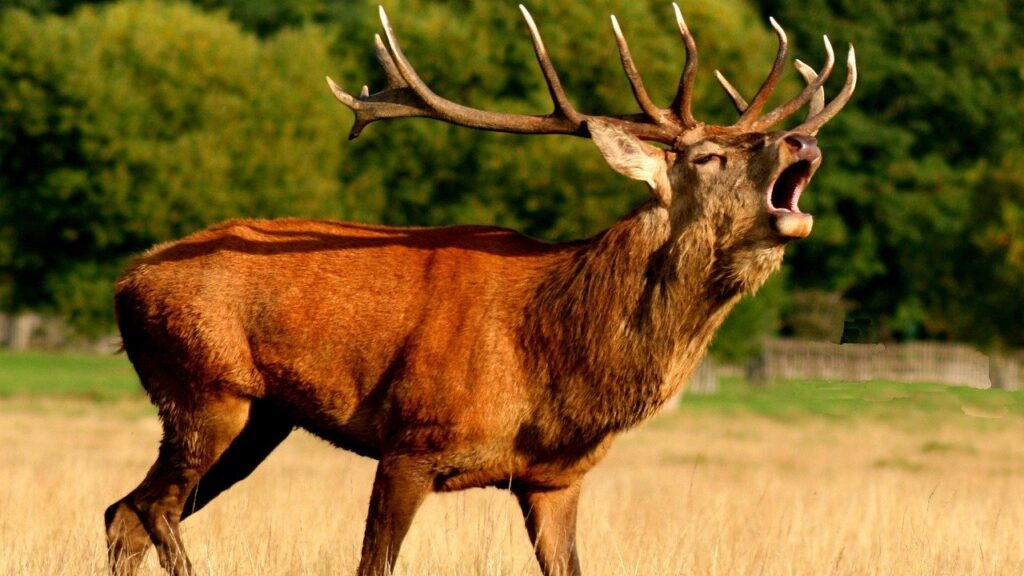If you are looking to start deer hunting, you will need a rifle scope to target them. But, how to choose a rifle scope for deer hunting? What are the different factors to consider? How do these scopes work? These are some of the things you should know before you start looking for a rifle scope for deer hunting.
These scopes will take your deer hunting game to the next level. Keep reading to find out everything about rifle scopes and how to pick one.
What is a Rifle Scope?
We should start with the basics. Once you understand how scopes work and what feature you should look out for, you’ll be all set.
Scopes are optical devices that help you in improving your aim and accuracy. They are to be set in an appropriate position so that you can make the best of them. Most rifle scopes come equipped with a graphic image pattern known as a reticle. These reticles, also known as ‘crosshairs’, help you aim the rifle.
A scope helps you align your rifle to the target so that you can hit a bullseye. The internal functions of a rifle scope are very similar to that of a telescope. There are two significant lenses in a scope–one at the front (objective lens) and one at the back (ocular lens). The former allows the light to enter the scope, and the latter makes the picture visible.
There are other lenses in the scope, such as the focus lens right after the objective lens. It helps in focusing on the objects in scope. Between the objective lens and the focus lens comes the erector tube. It includes the reticle assembly and the magnification lenses.
How do Rifle Scopes Work?
The working of the magnification lens is quite impressive. It goes to the objective lens when the magnification is increased. And, goes back toward the ocular lens when magnification is decreased.
So, with a 3-9X scope, the lens for magnification will be nearer to the ocular lens when the magnification is 3X. And it will be closest to the objective lens when the magnification is 9X.
The reticle placement also creates a difference in the workings of the scope. A reticle placed before the magnification lens changes size along with the magnification. This is known as the front (first) focal plane scope.
When placed at the back of the magnification lens, the reticle doesn’t magnify along with your target. This is called the rear (second) focal plane scope.
We hope you now know what a rifle scope is and how it functions. It’s time to take a look at the features of a rifle scope. If you want to know about the features to look for while picking a scope, you can read on.
How to Pick a Rifle Scope for Deer Hunting?
There are quite a lot of things that you need to keep in mind while you’re searching for a rifle scope. Where you will hunt, what conditions you’ll face, and whether you’re hunting deer or elk? So, we have created a list of factors that you need to keep in mind when you’re looking for rifle scopes.
Magnification
Magnification varies from scope to scope. It is probably the most important thing to look for when buying a rifle scope. The numbers on the left side of “x” tell us how big the deer will look as compared to the naked vision. So, “3x” will cause the objective to seem thrice as large in scope.
For close-range and sunlight shots, an essential 3-9×40 degree will be sufficient. It’s the most widely recognized and best extension amplification for deer hunting.
When hunting in the wild it’s often hard to get shots below 100 or 200 yards. You’ll need a standout amongst the long-range rifle scopes available. A 6-18×50 scope permits you to zoom a lot further and check out more precisely than before.
First vs. Second Focal Plane
Your choice of a focal plane depends upon what kind of hunting you partake in. If you’re interested in long-range or competitive shooting, then go for a first focal plane (FPP) scope. Else, get a second focal plane (SFP) extension. It’s less expensive, mainstream, and the reticle is easy to see.
Toward the day’s end, it’s your approach, whether FFP or SFP extensions are better for you. If you’re uncertain, simply give both a shot. Pick the one that works best for you, your budget, and your shooting applications.
Budget
One of the major things that you need to keep in mind is your budget for the rifle scopes. It’s true that the expensive ones have more features and last you quite a while, but you don’t have to always go for those.
High-range variable scopes which can be altered according to your wishes, cost a lot more. The greater the range of the scope, the more diverse it will be, and come with a big price tag.
As a rule, it is ideal for getting a little more specialized scope, and then spending money on its construction. You can even use a budget red dot to improve your accuracy and save a ton of money.
Sincerely ask yourself how regularly you’ll have to shoot something at 20x zoom. Except if you’re chasing gigantic games out west, expensive scopes are entirely pointless.
Conclusion
We hope this article will help you pick the right rifle scope for deer hunting. Take your experience and skills into consideration as well. Don’t end up buying a rifle scope you won’t be able to use properly. Happy hunting!
Last Updated on April 15, 2025 by Marty Prokop
